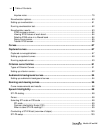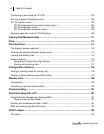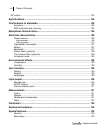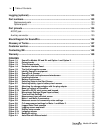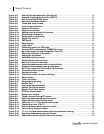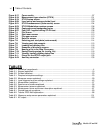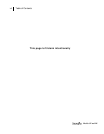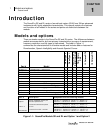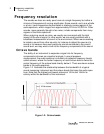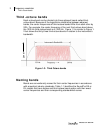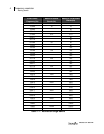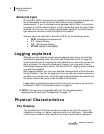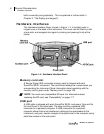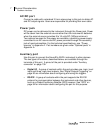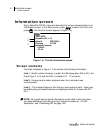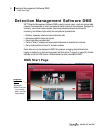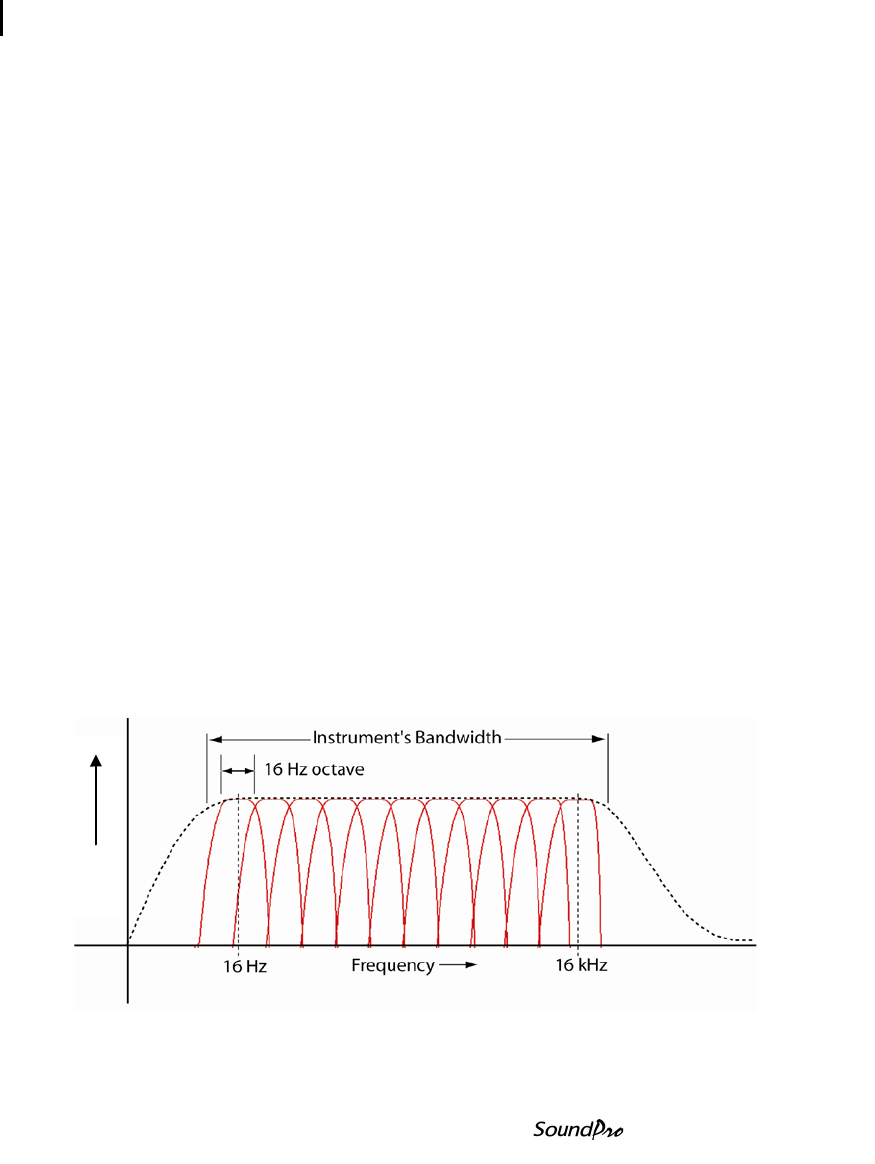
2 Frequency resolution
Octave bands
Models SE and DL
Frequency resolution
The sounds we hear are rarely pure tones at a single frequency but rather a
mixture of frequencies of varying amplitudes. Some sounds, such as a whistle
or a horn, have frequencies concentrated in relatively narrow regions of the
audio spectrum, which ranges from approximately 20 Hz to 20,000 Hz. Other
sounds, more generally thought of as noise, include components from many
regions of the entire spectrum.
When analyzing sound as noise, we usually are concerned with the total
impact of the sound signal. In other words, we are usually satisfied with a
broadband measurement of sound in the environment. When we are seeking
to isolate a sound from other sounds, for instance to detect the source of a
sound or to measure how much particular sounds contribute to the overall
sound level, we may want to look at the frequency components of the sound.
Octave bands
The ability of an instrument to separate a signal into its frequency
components is known as a spectral analysis. In sound pressure
measurement, the audio spectrum is divided into adjacent frequency bands
called octaves, where the center frequency of each octave band is twice the
center frequency of the octave band directly below it. There are eleven octave
bands in the audio spectrum.
Figure 1-2 illustrates the relationship between the bandwidth of a typical
sound measuring instrument and the octave bands that span the audio spec-
trum. Note that the highest and lowest octaves at 16 Hz and 16 kHz lie
entirely within the bandwidth of the instrument.
Figure 1-2: Octave bands
Level



